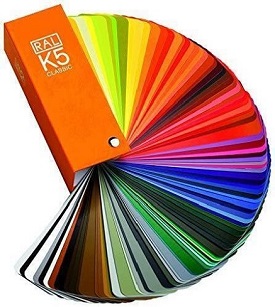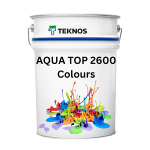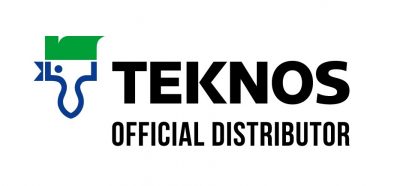The RAL colour chart system is a widely used colour matching system that is popular among designers, painters, architects, marketers, and anyone who requires a range of colours. The system is made up of five different colour charts, each with its own unique features. The most popular and commonly known version of the RAL colour charts is RAL Classic.
RAL Classic consists of 213 colours and is used as the standard for many industries, including architecture, construction, and industrial design. This chart is known for its high degree of accuracy, which ensures that colours remain consistent across different materials and applications.
Another chart in the RAL system is RAL Design, which has 1,625 colours. This chart is specifically designed for use in product design and is meant to provide a wider range of hues and shades to choose from.
The RAL Effect chart offers 420 colours, which are specifically formulated for use in coatings and paints. These colours are designed to provide a metallic or pearlescent finish, making them ideal for use in the automotive and industrial sectors.
RAL Plastics is a chart that offers 100 colours that are specifically formulated for use in plastic manufacturing. These colours are designed to provide excellent colour accuracy and can be used in a wide range of plastic materials.
Finally, RAL Digital is a chart that offers 1,825 colours and is designed for use in digital applications. These colours are specifically formulated for use in digital printing and can be used across a wide range of digital formats.
Overall, the RAL colour chart system offers a wide range of colours and options for designers, painters, architects, and marketers. Each chart in the system is designed to meet specific needs and applications, ensuring that users can find the right colours for their projects.
Definition
‘RAL’ is the abbreviation of ‘Reichs-Ausschuß für Lieferbedingungen und Gütesicherung’. Or in English, this is translated to the ‘National Commission for Delivery Terms and Quality Assurance’.
History
The RAL colour chart was invented in 1927 by the German RAL organisation. Prior to 1927, manufacturers and customers had to exchange colour samples and tints to get their colours matched. From 1927, this changed to the RAL numbers.
At the beginning there were a collection of 40 colours. In 1961, this was revised to a system of 213 colours that can still be found today. At this time, names where also attached to colours to avoid customers getting confused.
Structure of RAL
The collection of 213 RAL colours are structured clearly, as you’d expect from a German system. 188 of these are body colours, 2 are micaceous iron colours, 5 are daylight luminous colours and 15 are pearlescent colours.
These 213 RAL colours all have a 4-digit number assigned along with the letters RAL. The first digital is a system code number:
- Yellow 50 colours
- Orange 14 colours
- Red 34 colours
- Violet 12 colours
- Blue 25 colours
- Green 36 colours
- Grey 38 colours
- Brown 20 colours
- White and Black 14 colours
The remaining 2 digits are sequential e.x. RAL 2003. When requesting a colour, it is recommended that you use both the code and colour definition to avoid confusion. To learn more, see our colour chart here.
RAL Design
In 1993, RAL introduced an update for those who required more than just the 213 colours that were on offer. This saw the creation of RAL Design, a collection of 1,625 colours. These colours follow the internationally recognised CIELab colour system. The colours in RAL Classic and RAL design do not intersect. RAL design has been tailed to the needs of architects, designers and advertisers, who need a deeper range of colours.
Where RAL Classic has a 4 digit code, RAL design is clearly identifiable due to its seven digit coding. This is formatted into a 3 2 2 format i.e. RAL 200 20 25. RAL design does not have colour names assigned to each code, meaning knowledge of the code





